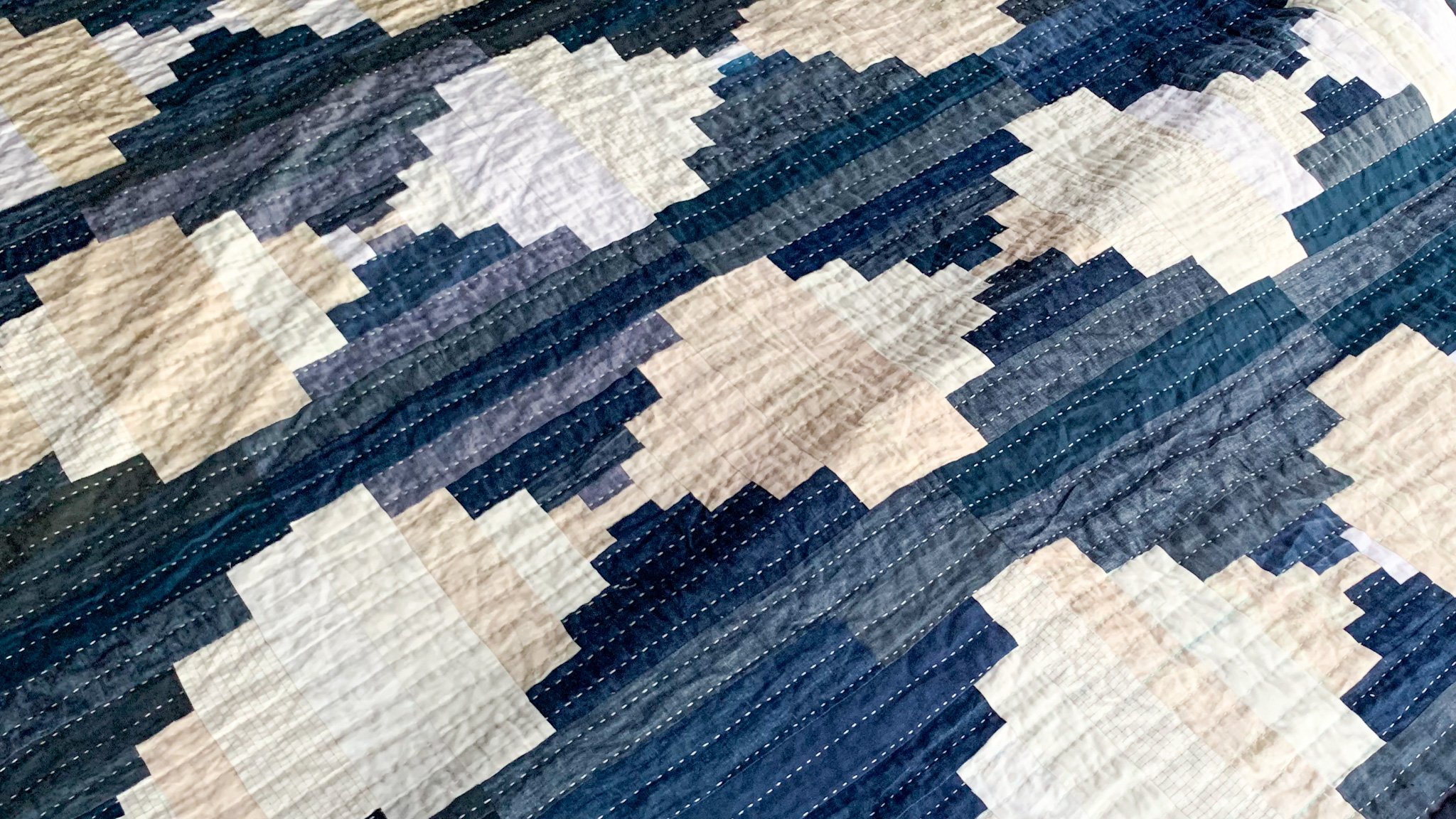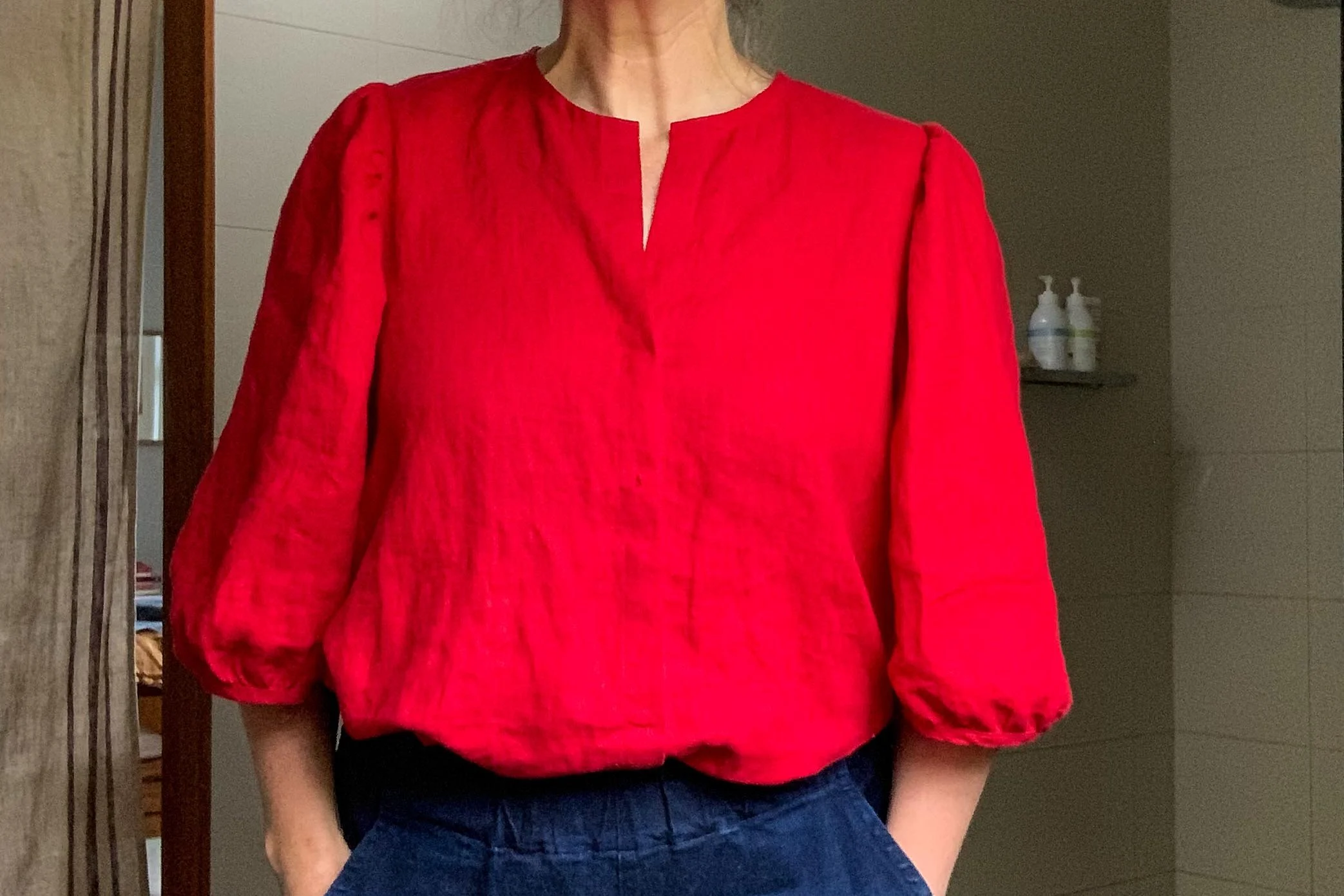One of the most useful things I did as part of Stash Less last year was that I Made a Making List. I am in the process of doing it again so thought that I would set it as this month's challenge.
There is this tricky thing that happens in my head, and probably also in yours, whereby you sit with this overwhelming desire to make the things. Things you have thought of, and things you haven't yet thought of. You get excited as an idea flashes through your mind about some fabric you have in your stash or the shape of a garment you saw the other day that you know you could make. And yet.... there isn't enough time in anyone's world to make all the things. Everyone, even those people that do it for a living, have very limited time to make. And while we can sometimes achieve a lot in that time, we will never be able to make all the things!
So last year I sat down and wrote a list of all the things I had to make (for birthdays and family rituals and to fulfill plans I had) and then I added in a few things that I wanted to make (like the odd dress for me). I based the list by month and I thought carefully about how much time things typically take me (your ravelry posts can help with this) so that I had a relatively realistic assessment of what I could achieve. I then went through and checked to see if I had the materials I needed for that list. What a helpful process.
Now I didn't stick to it like glue - that would be no fun, wouldn't allow for spontaneous making and isn't practical. The queue changed somewhat; things got dropped and things got added. BUT for the most part many of the things on that list were achieved.
What it did tell me was that for the most part I had everything I needed. Therefore any spending I did would be for things that I didn't necessarily have time or space or energy for and would sit on the shelf berating me for my excessiveness (while looking pretty of course).
Stash Less Challenge #3 - Create a Making List
Creating a Making List pulled me out of desire and into reality; I found that creating this list was incredibly helpful with curbing my spending. It also really helped me to get conscious about;
- How much time really existed in my world with respect to crafting.
- What it was that I had in my stash - which we have already detailed in a previous challenge!
- What it was that I needed to make the things on the list.
- Being conscious about whether what I wanted to purchase was needed or not.
It's pretty simple to create (and update) - just a pen, some paper and a little thought.
Step 1:
Write down everything you need to make this year - for yourself, for your family and for your friends.
Step 2:
Write down things you would like to make this year.
Step 3:
Figure out how realistic your list is with respect to the amount of time you have.
Step 4:
Figure out if you have the materials you need within your stash to fulfill the items on your list - even if that means getting creative.
And just in case you are interested I thought I would give you a breakdown of where I am at with my list for 2016. It has been overtaken by the wedding dress making so I'm trying to keep it pretty low key after getting the current WIP's out of the way.
My Making List for 2016
April/May/June
Finish cardigan for my middle kid - Used stashed old-school superwash.
Cardigan for my niece - Use scraps.
Penguin for my oldest for his BD - Use scraps.
Jumper for my oldest for his BD - Green Jo Sharp Alpaca Silk Georgette from stash.
Continue on my Brioche jumper - Unravel my Uniform cardigan.
Continue on my quilt - Used stash
Start on the wedding dress - Using recently purchased lace.
July/August
Slade for my brother - Use the recently purchased Shelter.
Wedding dress cont.
September/October
Four flower person frocks - Unknown
Shorts and a shirt for the small boy for the wedding - Unknown
Birthday dress for the smallest kid - from stash.
November/December
Three small person Xmas Pjs - from stash.
Birthday dress for the middle kid - from stash.
Please leave links to your blog posts in the comments if you are following along. I'd love to check them out.
Felicia x










